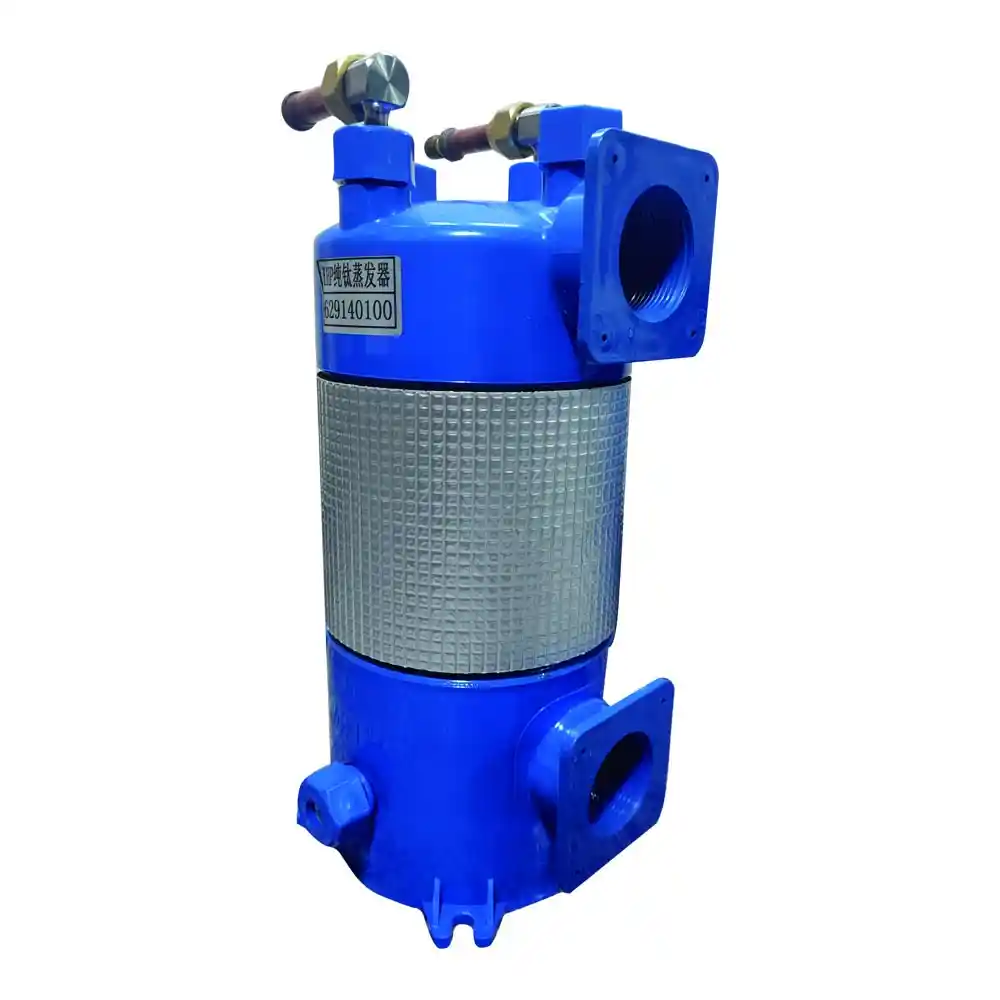Introduction
Effective cleaning is essential for maintaining the performance and longevity of titanium coil heat exchangers with PVC blue shells. This article explores various cleaning methods specifically designed for these heat exchangers, ensuring their optimal functionality and reliability.
1. Importance of Cleaning
Proper cleaning of titanium coil heat exchangers offers several benefits:
1.1. Heat Transfer Efficiency
- Cleaning removes accumulated debris, scale, and contaminants from the heat exchanger surfaces, ensuring optimal heat transfer efficiency.
- Improved heat transfer results in better energy efficiency and reduced operating costs.
1.2. Prevention of Corrosion and Fouling
- Cleaning prevents the buildup of corrosive substances and fouling materials on the heat exchanger surfaces.
- Corrosion and fouling can degrade performance and lead to system failure if left unaddressed.
2. Cleaning Methods
Different cleaning methods can be employed to effectively clean titanium coil heat exchangers. The following are commonly used techniques:
2.1. Chemical Cleaning
- Chemical cleaning involves the use of specially formulated cleaning agents to dissolve and remove deposits from the heat exchanger surfaces.
- The cleaning agents can be acidic or alkaline, depending on the type of deposits being targeted.
2.2. Mechanical Cleaning
- Mechanical cleaning techniques involve physical methods to remove deposits from the heat exchanger surfaces.
- This can include brushing, scraping, or using high-pressure water or steam to dislodge and remove deposits.
2.3. Ultrasonic Cleaning
- Ultrasonic cleaning utilizes high-frequency sound waves to create tiny bubbles in a cleaning solution.
- The collapsing of these bubbles generates intense energy that effectively removes deposits from heat exchanger surfaces.
Table 1: Comparison of Cleaning Methods
| Cleaning Method | Principle | Advantages | Limitations |
|---|---|---|---|
| Chemical Cleaning | Chemical dissolution of deposits | Effective for various types of deposits, non-intrusive | Requires careful selection of cleaning agents, proper safety precautions |
| Mechanical Cleaning | Physical removal of deposits | Suitable for stubborn deposits, targeted cleaning | May require disassembly of components, potential surface damage |
| Ultrasonic Cleaning | Cavitation cleaning using sound waves | Efficient removal of small particles, non-abrasive | Limited to accessible surfaces, may require additional equipment |
Conclusion
Proper cleaning is crucial for maintaining the performance and longevity of titanium coil heat exchangers with PVC blue shells. By employing appropriate cleaning methods such as chemical cleaning, mechanical cleaning, and ultrasonic cleaning, manufacturers can effectively remove deposits, scale, and contaminants from heat exchanger surfaces. This ensures optimal heat transfer efficiency, prevents corrosion and fouling, and contributes to the overall reliability and longevity of the heat exchanger system. Selecting the appropriate cleaning method based on the type of deposits and the condition of the heat exchanger is essential to achieve the desired cleaning results.


